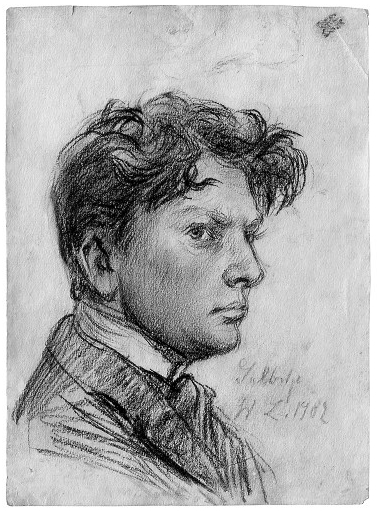“Sculpture is the essence of things, the essence of nature, that which is perpetually human.”
As quoted in Expressionism (2004) by Norbert Wolf and Uta Grosenick, p. 64
Wilhelm Lehmbruck – niemiecki rzeźbiarz. Pochodził z rodziny górniczej. Tworzył w stylu ekspresjonistycznym pod wpływem Auguste'a Rodina oraz Aleksandra Archipienki i Constantina Brâncuși.
W latach 1910-1914 mieszkał w Paryżu.
W 1912 odniósł sukces na wystawie kolońskiej grupy artystycznej Sonderbund, a w 1913 uczestniczył w Armory Show w Nowym Jorku.
W latach 1915–1916 na miejski konkurs powstało jego słynne dzieło Upadły , w którym wyraził cierpienie i bunt przeciw wojnie.
W latach 1917–1918 tworzył w Zurychu, a następnie wrócił do Berlina, gdzie popełnił samobójstwo.
Kolekcja rzeźb jest zebrana w Muzeum Wilhelma Lehmbrucka w Duisburgu.
Wikipedia

“Sculpture is the essence of things, the essence of nature, that which is perpetually human.”
As quoted in Expressionism (2004) by Norbert Wolf and Uta Grosenick, p. 64
As quoted in The Art of Wilhelm Lehmbruck (1972) by Reinhold Heller